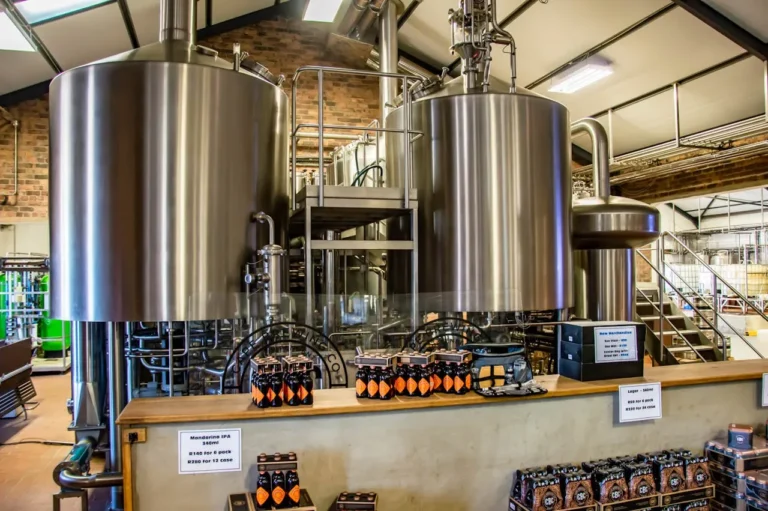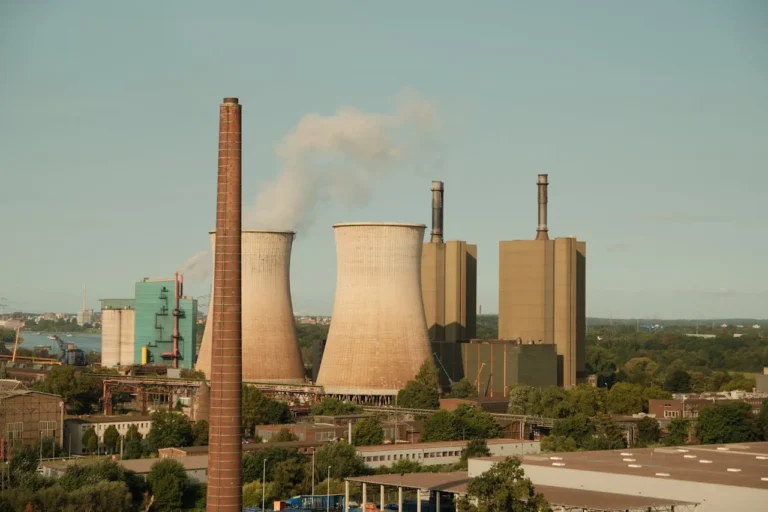
WACKER Launches Advanced Silicone Rubber for Large Composite Insulators at K 2025 Trade Fair
At the K 2025 International Trade Fair for Plastics and Rubber, leading chemical manufacturer WACKER will unveil a newly developed high-consistency silicone rubber designed to address the growing technical demands in the power transmission and distribution sector. The innovative product, POWERSIL® 1900 A/B, is specifically engineered for the production of large composite insulators, including high-performance hollow-core insulators used in high-voltage applications.
Composite Hollow-Core Insulators: Lightweight Alternatives to Ceramics
Composite hollow-core insulators are a specialized subcategory within the broader family of composite insulators. These components are characterized by their distinctive structure: a hollow, electrically non-conductive central tube surrounded by an outer housing made from insulating materials, often formed into complex shed geometries. This outer housing is typically molded from silicone rubber to provide both mechanical support and environmental protection.
These types of insulators are essential components in various electrotechnical systems, including circuit breakers, instrument transformers, surge arresters, and bushings. Their design allows for the containment and isolation of electrical fields, especially in high-voltage environments. Hollow-core insulators can be particularly large, sometimes exceeding one meter in diameter and reaching lengths of more than ten meters. Despite their size, their relatively low weight offers a major advantage over traditional ceramic insulators.
One of the standout benefits of composite hollow-core insulators is their significantly reduced weight—up to 80 percent lighter than their ceramic counterparts. This weight reduction simplifies logistics and installation processes, making them a preferred choice for projects in remote or challenging environments. The lighter design also helps reduce structural loads on support towers and substation frames, ultimately lowering overall construction and maintenance costs.
POWERSIL® 1900 A/B: Designed for Spiral Extrusion of Silicone Housings
To meet the industry’s need for reliable, lightweight, and high-performance insulating materials, WACKER has developed POWERSIL® 1900 A/B, a new two-component (2K) high-consistency silicone rubber. This advanced material has been specifically tailored for the spiral extrusion manufacturing process, which is increasingly used for producing large composite insulators with extruded silicone housings.
Spiral extrusion is a continuous process where the silicone compound is extruded onto a rotating insulating core. This technique ensures the uniform application of the complex external housing structure, including the critical shed geometry, which is responsible for increasing the creepage distance and improving contamination performance. Compared to conventional injection molding techniques, spiral extrusion offers superior consistency and is better suited for producing large or conical-shaped insulators, which are often required for high-voltage systems.
The ability to manufacture such large-scale insulators with high dimensional accuracy and repeatability at a competitive cost is a significant breakthrough for the energy sector. POWERSIL® 1900 A/B enables manufacturers to produce high-precision components that meet rigorous industry standards while also reducing production complexity and waste.
Superior Material Properties for Demanding Environments
POWERSIL® 1900 A/B is an addition-curing silicone elastomer. Unlike some curing systems, addition curing produces no by-products, which contributes to a clean and efficient manufacturing process. Once cured, the material forms a robust, electrically insulating elastomer with exceptional resistance to tracking, erosion, and electrical arcing—properties that are essential for high-voltage insulation exposed to environmental stressors.
In operation, the silicone housing formed from POWERSIL® 1900 A/B exhibits outstanding hydrophobic properties. Its surface actively repels water and dirt, a feature that remains effective even under prolonged exposure to polluted environments, including salt spray and industrial dust. This water-repellency—technically referred to as “hydrophobicity”—helps prevent the formation of conductive moisture films, which can lead to surface discharge or catastrophic flashovers.
Moreover, the material’s unique ability to transfer hydrophobicity to surface contaminants—known as “hydrophobicity transfer”—further enhances operational safety and reliability. This phenomenon is especially important in polluted areas, where deposits of dust, soot, or sea salt can otherwise compromise insulator performance.
Thanks to these self-cleaning properties, maintenance requirements for insulators made with POWERSIL® 1900 A/B are significantly reduced. In many installations, costly and labor-intensive manual cleaning or washing operations can be minimized or entirely avoided, resulting in a lower total cost of ownership.
Mechanical Durability and Weather Resistance
As a silicone elastomer, POWERSIL® 1900 A/B offers excellent mechanical flexibility and environmental durability. Its resistance to UV radiation, ozone, and extreme temperature fluctuations makes it ideal for use in outdoor electrical infrastructure where long-term exposure to harsh weather conditions is inevitable.
Unlike rigid materials such as porcelain or glass, silicone elastomers retain their mechanical integrity even under dynamic loading conditions. They can absorb impacts and withstand vibrations, making them more resilient to earthquakes, windstorms, or even vandalism. This elasticity translates into greater operational safety and reliability, particularly in seismically active regions or locations prone to mechanical stress.
In short, the use of POWERSIL® 1900 A/B not only enhances the insulating performance of composite insulators but also improves the overall resilience of the power grid. With energy infrastructure facing increasing demands for reliability, adaptability, and environmental resistance, advanced silicone materials like this play a pivotal role in ensuring secure and stable power delivery.
Silicones in Power Engineering: A Legacy of Performance
Silicone elastomers have been a cornerstone of high-voltage engineering applications for several decades. Their unique combination of properties—including high electrical insulation, hydrophobicity, weather resistance, and flexibility—makes them virtually unmatched by other polymeric or ceramic materials.
In addition to their superior resistance to tracking, erosion, and arc discharges, silicone elastomers maintain their insulating properties even under prolonged exposure to environmental stressors. This makes them ideal for outdoor applications where contamination, moisture, and UV exposure are constant concerns.
The ability of silicones to withstand both high and low temperatures, as well as rapid temperature changes, ensures stable performance across a wide range of climates. Furthermore, their hydrophobic surface characteristics prevent the accumulation of conductive films, even when polluted, thereby reducing the risk of flashovers and improving system reliability.
As power grids expand and adapt to meet the demands of renewable integration and decentralization, the importance of robust insulating materials becomes even more pronounced. High-voltage insulators are no







